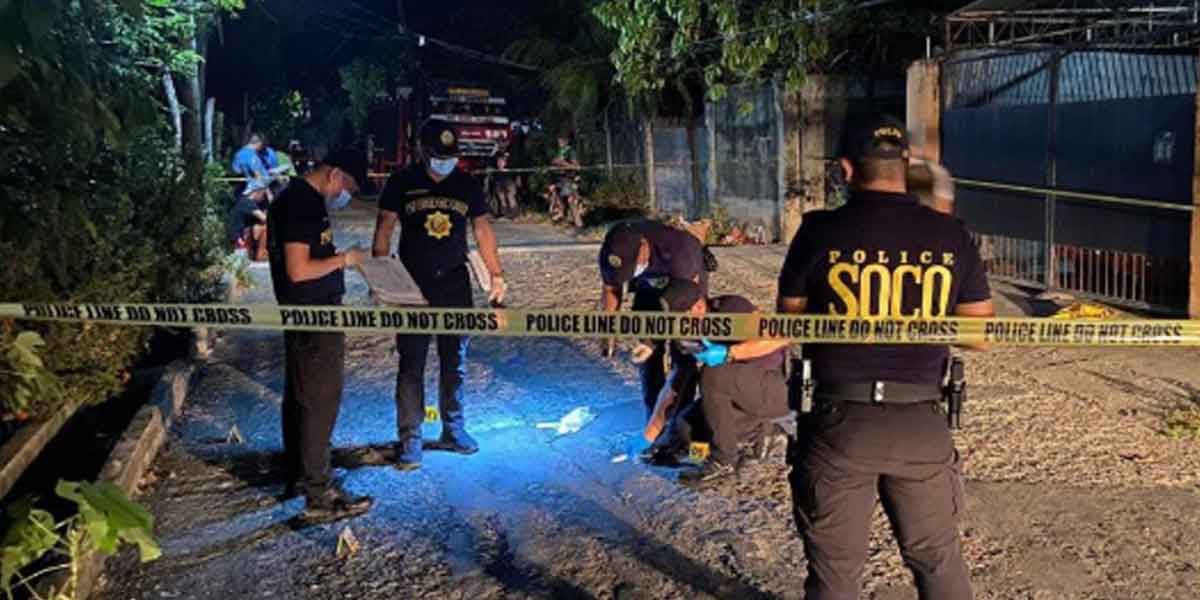 By Modesto P. Sa-onoy
By Modesto P. Sa-onoy
The fear that grips the country is fuelled by the belief that there is no cure for this virus. The government’s dizzying responses and general panic rule the day. When Bacolod declared the four-day lockdown, there was a mad rush to buy food only for the order to be withdrawn on the second day.
Just to allay our fears, let me cite the pandemics that visited this planet since the birth of Christ. Of course, we do not want to leave this planet earlier than God wants us, so we take every possible precaution to be spared from this virus. We must not despair but be prepared to meet our Creator. As a soldier under fire said, “If it’s time to go, it’s time to go.”
I cited last week an article saying that the situation is not as deadly as being whipped over as the Ebola pandemic. The infections are widespread, it is clear but there are also recoveries.
On September 2, the Department of Health said that 91.3% of the reported infections are mild, one percent is serious and 70.4% recovered. There is only 1.6% fatality. Of the 22 deaths in Negros, Bacolod had five out of 1,216 cases or .0041%. Of course, every death is painful but the facts do not warrant panic. There are worst situations.
Let’s take tuberculosis for instance. In 2010, TB was the 6th leading cause of mortality in the Philippines with one million infected, 26.3 deaths for every 100,000 population and accounts for 5.1% of total deaths despite the availability of anti-TB medicine. The situation remains serious.
Compare the present pandemic in Negros with what our forebears faced. From May 25 to July 24, 1889, cholera hit Negros. Records show 14,819 got sick and of these 7,798 died in two weeks. The fatality was more than 52%. Our population then was just about 350,000. We had the worst incidence during the one year (1918-1919) Spanish flu when 80,000 Filipinos died.
The Justinianic Plague (541–549 AD) was the first labelled as pandemic. The estimated death was a low of 25 million to a high of 100 million. It swept through Europe, the Mediterranean Basin and Africa – the known world and put an end to the Roman Empire.
Those who had been to the Vatican must have seen the castle with St. Michael standing on top holding his sword. Why he was honoured there is due to the pandemic that ravaged Rome in 590. Pope St. Gregory the Great plead for the angels’ help to fight this epidemic. He celebrated Masses and tirelessly went on procession through Rome with prayers and incense although some in the procession dropped dead. He carried the image of the Blessed Mother.
St. Michael appeared on top of the castle with his sword. Then “the poisonous uncleanness of the air yielded to the image as if fleeing from it and being unable to withstand its presence: the passage of the picture brought about a wonderful serenity and purity in the air.” We are also told that the voices of the angels were heard singing around the image.
“Then the pope saw an angel of the Lord standing atop the castle of Crescentius, wiping a bloody sword and sheathing it. Gregory understood that that puts an end to the plague, as indeed happened. Thereafter the castle was called the Castle of the Holy Angel.”
The Pope thus built the St. Michael statue on top of the castle, representing his protection over Rome and the Church.
During the Black Death in Europe, Asia and Africa (1347-1351), 200 million died out of the known population of 500 million. Entire villages were wiped out, the dead falling down by the roadside, entire households dying with nobody to bury them. Towns ran out of burial grounds that Pope Clement blessed the rivers so that the dead could be thrown there, and granted plenary indulgences to those who died of the plague. Although he personally ministered to the sick and helped in the burials he never contracted the disease.
Why all these narratives? They are to remind us that there is an end to this pandemic, not to fear or fall into despair because there is a cure that I’ll discuss on Monday.






















